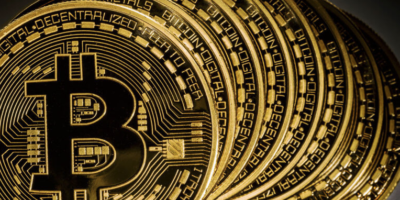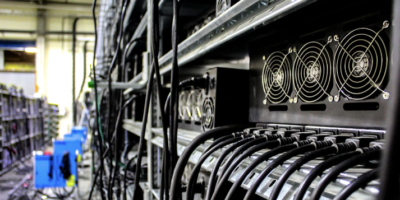
Last month, 19 distinct bitcoin addresses from 2012 awakened, moving coins that had remained untouched for…
You're reading
Posted at April 19, 2024 | Post by Victor Rollman
A comprehensive X thread by Bitcoin developer and observer 0xB10C has uncovered that several prominent bitcoin mining pools are using identical block templates and transaction prioritization methods, mirroring those of Antpool. This revelation follows earlier findings that highlighted a notable concentration of custodianship among the same pools.

0xB10C’s latest analysis on the social media platform X reveals that mining pools such as Btc.com, Binance Pool, and Poolin share the same mining template and custom transaction prioritization as Antpool. This uniformity could suggest a deeper collaboration or standardization in mining operations across these platforms, potentially affecting the decentralization ethos of Bitcoin.
According to 0xB10C, the similarity in templates extends to the way transactions are selected and ordered within the blocks. For instance, while many pools typically prioritize transactions with higher fees, the pools in question have been observed using a fixed transaction paying significantly lower fees. This practice could influence the overall transaction processing dynamics of the network. Particularly when a significant amount of hashrate is working together.
This discovery was built upon earlier findings by Mononaut, a developer from mempool.space, who reported that a single custodian now controls the coinbase addresses for several pools, accounting for 47% of Bitcoin’s hashrate. These pools include major players like F2pool, Antpool, Binance Pool, and Braiins, adding another layer of concern regarding the centralization of mining power.
The developer observed that although F2pool uses the same custody provider, the evidence suggests that they do not utilize Antpool’s templates. “We know from multiple occasions that F2pool has been building their own templates,” stated 0xB10C. As an onchain analyst, 0xB10C was the first to identify specific bitcoin transactions linked to addresses sanctioned by the U.S. Treasury that were absent from F2pool’s blocks back in November 2023.
The implications of such centralization are significant, prompting discussions within the community about the potential risks to the network’s security and integrity. “When pools are just acting as proxies for other pools without being upfront about it, bitcoiners need to take note. The time to demand Stratum V2 is now,” Bitcoin Core contributor Matt Corallo remarked on X while sharing 0xB10C’s X thread.
Stratum V2 could theoretically enhance transparency and decentralization by allowing individual miners to choose their own block templates rather than relying on those dictated by pool operators. This protocol upgrade would not only reduce the influence of large mining pools over the network but also empower contributing miners. However, a 2022 report from Galaxy indicates a divide between application-specific integrated circuit (ASIC) manufacturers and developers regarding the implementation of Stratum V2.

Curious about Bitcoin?
How about mining this new and asymmetric asset?
Find out how it works.
Book your edge now!
www.rollmanmining.com

Last month, 19 distinct bitcoin addresses from 2012 awakened, moving coins that had remained untouched for…

While several leading mining rig manufacturers have introduced more efficient bitcoin miners measured in joules per…

Bitcoin (BTC) mining companies such as Riot Platforms (RIOT) and Marathon Digital (MARA) are racing to…